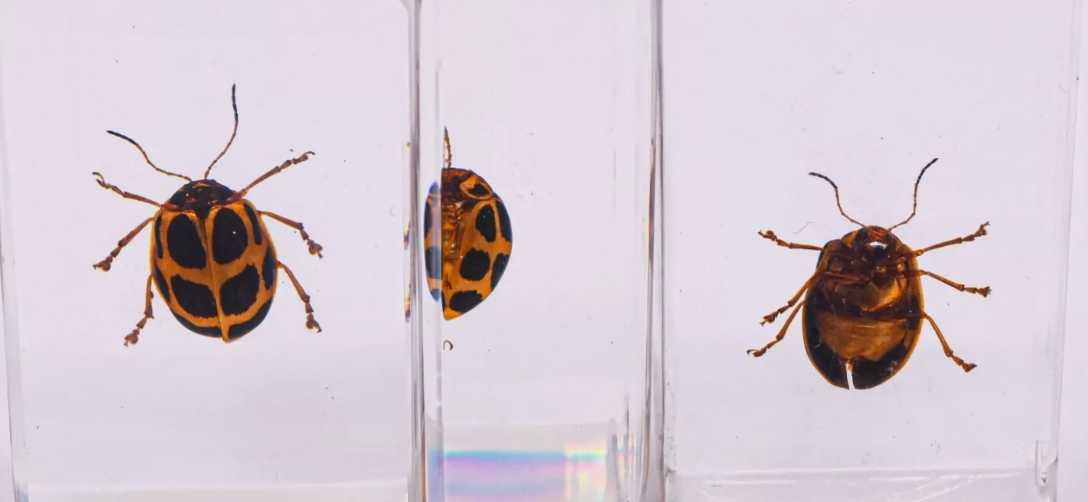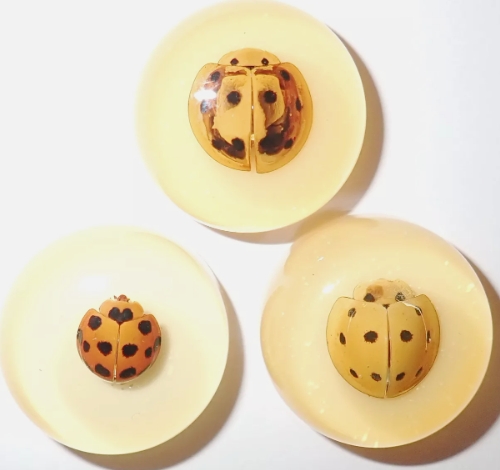The ladybug, also known as the seven-star ladybug, is widely popular for its bright colors and unique shape. Ladybug specimens are not only valuable for scientific research, but also help raise public awareness of insect diversity. The process of making a ladybug specimen usually involves steps such as capture, fixation and drying. First, the researchers captured the ladybugs in the appropriate environment, and then fixed them with alcohol or formalin to keep their morphology unchanged. Next, it is dried and fixed with a needle in a specimen box for observation.
Ladybugs are an important part of the ecosystem, feeding on plant pests and playing a natural pest control role. Therefore, the study of ladybug's living habits, distribution and ecological function is of great significance to agriculture and ecological environment protection. By displaying ladybug specimens, educators can introduce students to the diversity of insects and the importance of ecological balance, thereby stimulating their curiosity about nature and awareness of conservation. Whether in scientific research, education or personal collection, ladybug specimens have a unique charm and value.




